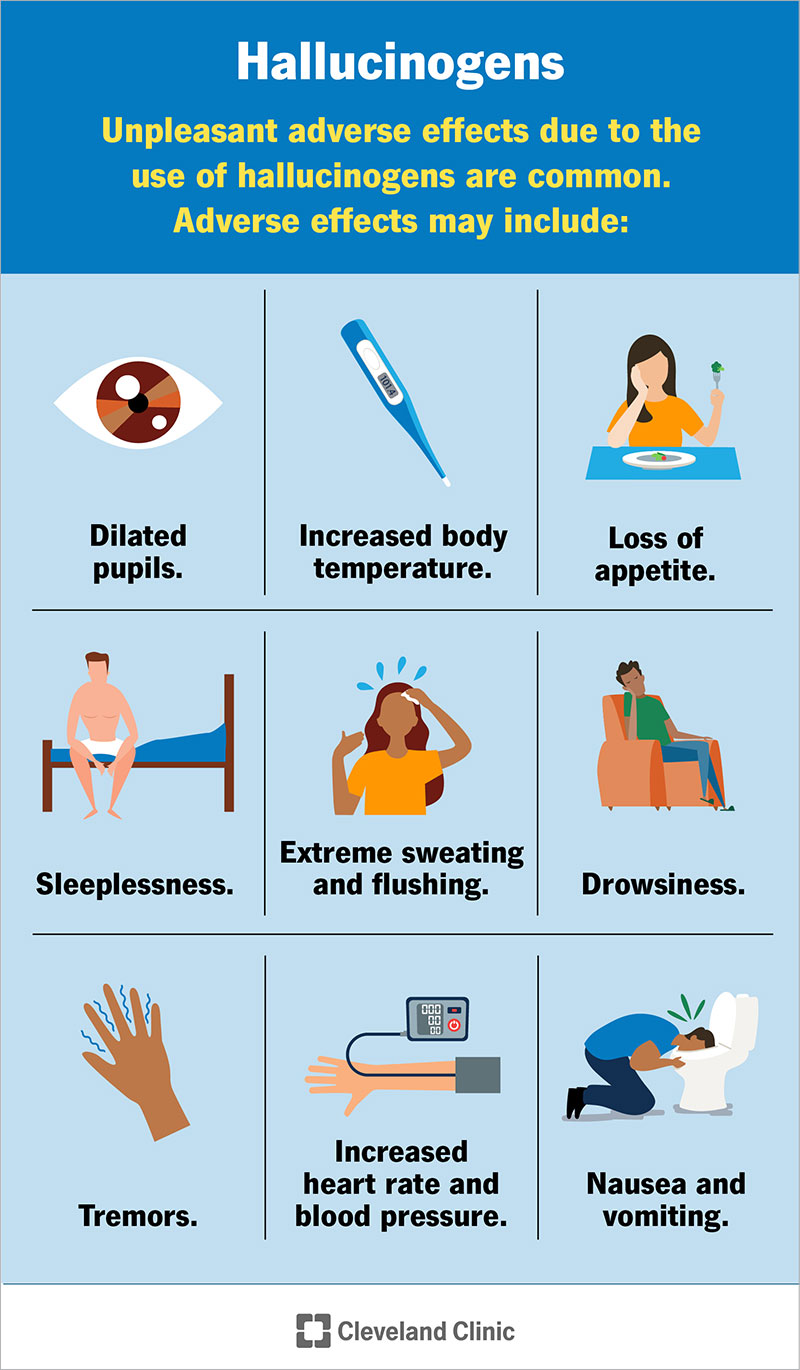All Concerning Psychotomimetic Substances: Their Duty in Psychological Research Study
Psychotomimetic compounds, such as LSD and psilocybin, have actually amassed boosting rate of interest in psychological research study for their ability to duplicate psychotic signs and provide insight into numerous psychological health conditions. Their communications within the mind, especially with serotonin and dopamine paths, recommend a facility connection between consciousness and neurobiology that may unlock novel healing avenues. As scientists continue to explore their possible applications, honest factors to consider bordering their use in clinical setups become paramount, increasing crucial inquiries concerning safety and security and informed consent that warrant further expedition.
Meaning of Psychotomimetic Compounds
In the realm of psychological research, psychotomimetic compounds are compounds that can generate results looking like those of psychosis, such as hallucinations, misconceptions, and modified assumptions of reality - About Golden Psycho. These compounds can be identified into various groups, consisting of hallucinogens, dissociatives, and particular stimulants, each creating distinct emotional effects
The medicinal activity of psychotomimetic compounds usually entails inflection of natural chemical systems, especially those relevant to serotonin, dopamine, and glutamate. For example, compounds like lysergic acid diethylamide (LSD) primarily act upon serotonin receptors, causing extensive changes in sensory perception and cognition.
The utility of psychotomimetics in study depends on their ability to mimic psychotic signs, supplying a design for comprehending the hidden devices of psychotic disorders such as schizophrenia. By researching the impacts of these substances, scientists can gain insights right into the neurobiological and psychological procedures that add to psychosis.
Furthermore, psychotomimetic substances have been discovered for their restorative possibility in treating numerous mental wellness conditions, consisting of anxiety and anxiety, highlighting their double role in both research study and potential scientific applications.
Historical Advancement and Context
The expedition of psychotomimetic compounds has an abundant historical context that dates back to old worlds, where materials such as psilocybin mushrooms and peyote were utilized in spiritual and recovery techniques. These early usages frequently linked with spiritual rituals, recommending an extensive reverence for the modified states of awareness induced by these compounds.
The mid-20th century noted a significant transition in the research study of psychotomimetic materials, particularly with the synthesis of LSD by Albert Hofmann in 1938. The succeeding popularization of LSD in the 1960s militarized a wave of interest in both its psychological impacts and possible therapeutic applications. Researchers began to check out exactly how these materials could imitate psychotic states, providing insights right into mental disease.
Nevertheless, the boosting organization of psychotomimetics with counterculture activities led to regulative backlash, culminating in the criminalization of most of these substances. Regardless of these obstacles, the resurgence of interest in the therapeutic potential of psychedelics in the 21st century has websites prompted renewed research. This historical trajectory underscores the developing understanding of psychotomimetic compounds, transforming from sacred substances to subjects of scientific inquiry and, possibly, healing assurance.
Devices of Activity
Understanding the devices of activity of psychotomimetic substances exposes the complex methods these compounds communicate with the brain's neurochemistry. These substances largely apply their impacts with modulation of neurotransmitter systems, particularly serotonin, dopamine, and glutamate. For example, several timeless psychedelics, such as psilocybin and LSD, mostly function as agonists at serotonin 5-HT2A receptors, causing modified perception and cognition. This communication not just affects sensory handling however likewise enhances psychological and introspective experiences.
In addition to serotonin, dopaminergic paths are substantially influenced by substances like mescaline and certain cannabinoids, which can cause altered states of awareness and modifications in state of mind and motivation. The NMDA receptor antagonism observed with materials like ketamine highlights another pathway via which psychotomimetics may cause dissociative states and extensive alterations in believed procedures.
The neurochemical cascades started by these communications result in complicated and complex psychological impacts. Recognizing these mechanisms is crucial for both the innovation of psychological study and the therapeutic capacity of psychotomimetic substances, as they provide insights right into the underlying neural correlates of transformed states of awareness.
Current Study and Applications
Current examinations into psychotomimetic compounds have revealed a revival of rate of interest in their restorative applications, especially in the fields of psychiatry and psychology. Researchers have begun checking out compounds such as psilocybin, LSD, and ayahuasca for their prospective to minimize signs and symptoms connected with different mental health problems, consisting of depression, anxiousness, and PTSD.
Clinical tests have actually demonstrated that, when administered in regulated settings, these substances can promote extensive mental experiences, promoting emotional breakthroughs and boosted healing results. Studies have actually revealed that psilocybin-assisted therapy can lead to significant decreases in treatment-resistant clinical depression, with impacts lasting for several months post-treatment.
Moreover, psychotomimetic substances are being assessed for their ability to cultivate neuroplasticity, potentially permitting even more read review efficient rewiring of maladaptive thought patterns. These searchings for suggest that such substances may you could try this out work as accessories to conventional psychotherapeutic approaches, improving the efficacy of healing interventions.
As research advances, the focus is moving towards recognizing the optimal does, therapeutic setups, and participant features that can maximize the advantages of these substances. This growing area holds guarantee for changing mental wellness therapy paradigms and attending to the limitations of traditional psychological medications.
Honest Factors To Consider in Research

Browsing the ethical landscape of research study involving psychotomimetic compounds is crucial to making sure participant security and the honesty of study results. Scientists should focus on informed approval, ensuring that participants totally understand the prospective threats and benefits connected with the materials being studied. This includes giving detailed info regarding feasible psychological effects, including severe and lasting impacts, and enabling individuals the possibility to take out from the study any time without charge.
IRBs examine research study procedures to protect participant welfare and copyright moral criteria. In addition, the capacity for browbeating should be thoroughly assessed, especially when susceptible populaces are included.
Privacy is another paramount factor to consider. Researchers have to implement robust measures to protect participants' identifications and information, specifically offered the delicate nature of experiences connected with psychotomimetic compounds (About Golden Psycho). Eventually, a commitment to honest practices not only fosters trust fund in between scientists and participants but also boosts the credibility and legitimacy of the study results, adding to the development of psychological expertise

Verdict
In verdict, psychotomimetic substances, specifically traditional psychedelics such as LSD and psilocybin, offer considerable insights into emotional problems with their special systems of action. Their healing possibility in attending to conditions like anxiety and PTSD emphasizes the relevance of ongoing research study in this field. Nonetheless, making certain honest standards in study techniques is important for participant safety and security and notified permission, allowing for a liable exploration of these compounds' advantages and implications within emotional scientific research.